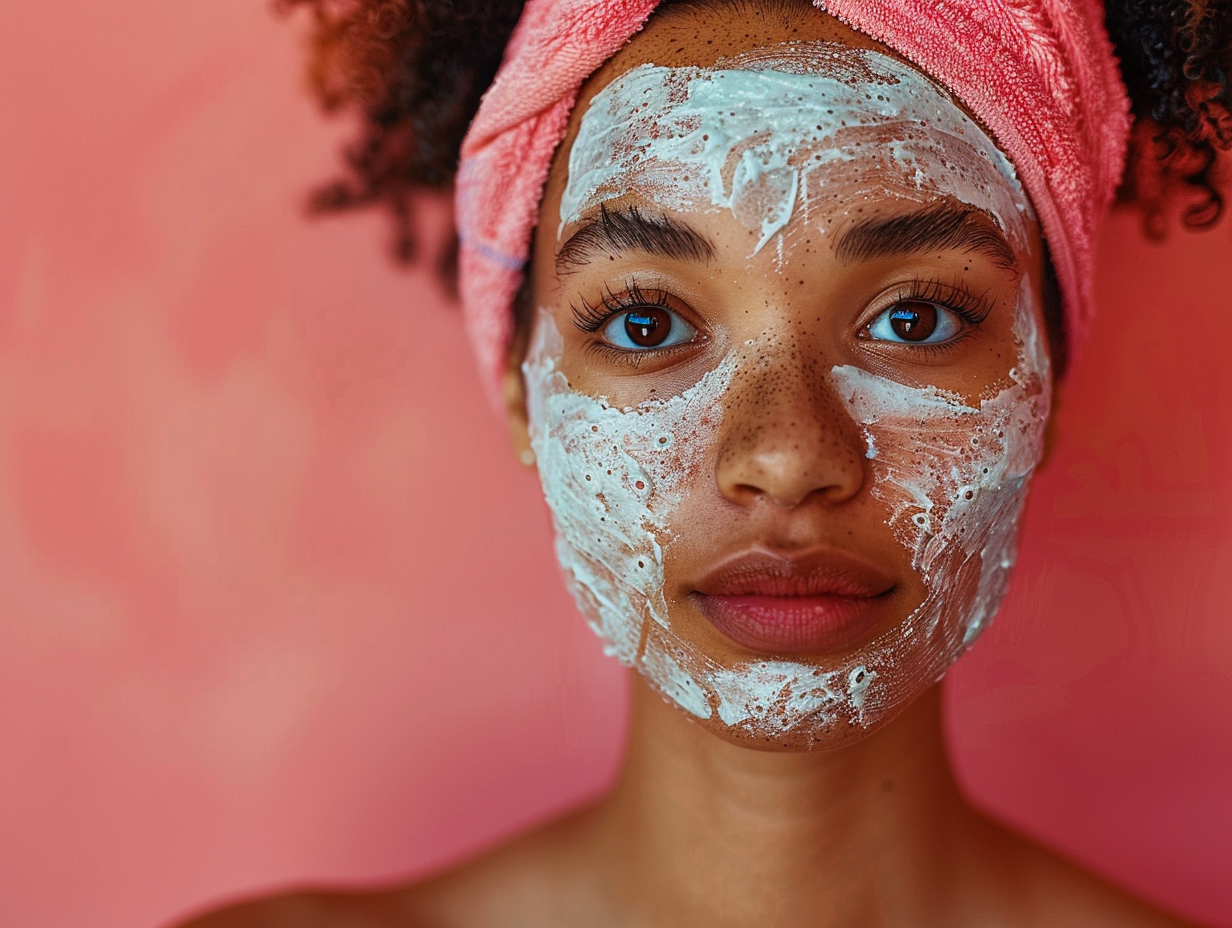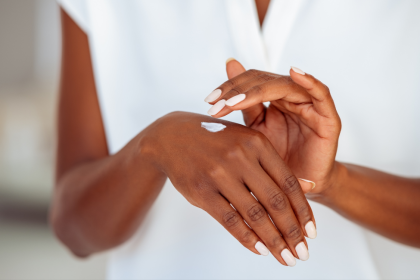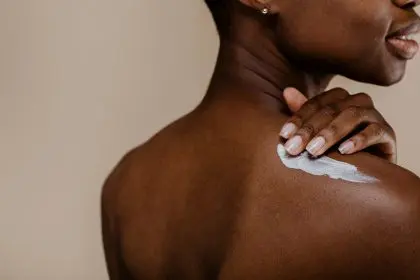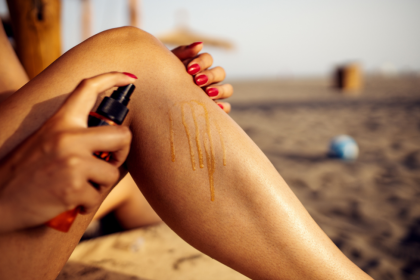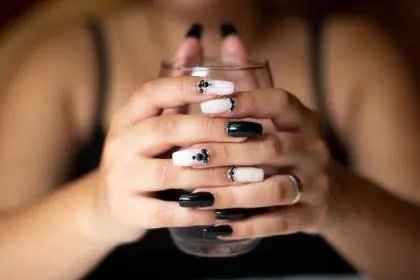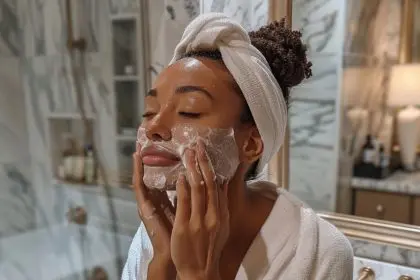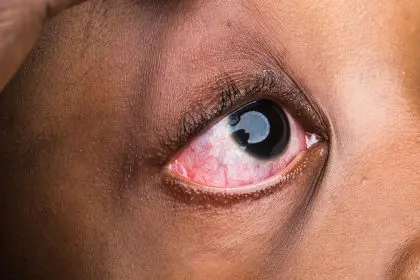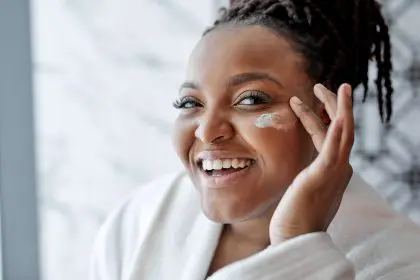You’ve invested in the 12-step routine. You’ve spent more on serums than your car payment. You’ve diligently followed every piece of skincare advice from every glowing-faced influencer. So why does your skin still look… tired? The answer might make you want to throw your entire skincare collection in the trash. The beauty industry’s most profitable myth isn’t just wasting your money—it’s actively aging your skin faster.
The exfoliation obsession that’s backfiring
Remember when exfoliation was something you did once a week with a gentle scrub? Those days are long gone. Today’s beauty culture pushes chemical exfoliants, retinoids, at-home peels, and physical scrubs as daily essentials. The message is clear—skin cells are the enemy, and the more you remove, the younger you’ll look.
This aggressive approach might give you that immediate glow that makes you feel like it’s working. But what’s really happening is far more concerning. Your skin has a natural protective barrier—a delicate ecosystem of oils, bacteria, and cells that keeps moisture in and irritants out. When you constantly strip this barrier through over-exfoliation, you’re not revealing younger skin—you’re damaging your skin’s ability to protect and repair itself.
The signs of over-exfoliation are everywhere, but we’ve been taught to misinterpret them. That tight feeling after cleansing? Not “squeaky clean”—it’s your skin in distress. Redness and sensitivity? Not “purging”—it’s inflammation. Sudden breakouts? Not “detoxing”—it’s your barrier crying for help.
Even more alarming, this constant state of irritation triggers the same inflammatory processes that accelerate aging. While you’re trying to fight wrinkles with that high-percentage acid, you’re actually stimulating the breakdown of collagen and elastin—the very proteins that keep skin youthful.
Why dermatologists are alarmed
Walk into any dermatologist’s office these days, and they’ll tell you their practices are flooded with patients suffering from what they call “skincare burnout.” These aren’t people who neglected their skin—they’re the ones who did everything beauty brands told them to do.
The pattern is strikingly similar. It starts with introducing multiple active ingredients at once. Next comes the increased frequency—because if twice a week works well, daily must be better, right? Then the concentration creeps up as tolerance seems to build. Before long, the skin’s natural renewal cycle is completely disrupted.
What follows is a cascade of problems that age skin prematurely. The compromised barrier allows moisture to escape, leading to dehydration that makes fine lines more noticeable. UV damage increases because irritated skin can’t protect itself as effectively. The constant inflammation triggers hyperpigmentation and uneven tone. And perhaps most ironically, the skin often produces more oil to compensate for the barrier damage, leading to the very breakouts people were trying to prevent.
This creates a vicious cycle where you see problems appearing and double down on the very products causing them. The beauty industry’s solution? Sell you even more products to address the problems their other products created.
The minimalist revolution your skin is begging for
The good news in all this is surprisingly simple. Your skin already knows how to renew itself. It’s been doing it successfully for millions of years of human evolution without a 12-step routine. What it needs from you isn’t constant intervention but strategic support.
The skin has its own natural exfoliation process called desquamation. Every 28-40 days (depending on your age), your skin completely renews itself without any scrubs, acids, or enzymes. When you constantly override this process with aggressive exfoliation, you’re not helping—you’re hindering.
What dermatologists now recommend looks radically different from what beauty influencers are selling. A gentle cleanser that doesn’t disrupt your pH balance. A moisturizer that supports barrier function. Sunscreen to prevent damage. And any active ingredients used sparingly and strategically—not layered like a chemical sandwich on your face every night.
For most people, exfoliation should be limited to once or twice a week at most, using gentle methods. And those super-powered ingredients like retinoids and AHAs? They don’t need to be used daily. In fact, the research increasingly shows that lower concentrations used less frequently often provide better long-term results than higher concentrations used daily.
The skin barrier basics everyone missed
The concept of the skin barrier isn’t new to dermatology, but it’s been conveniently overlooked by an industry that profits from convincing you that your skin is constantly failing and needs help. Understanding your barrier function changes everything about how you approach skincare.
Your skin barrier consists of your outermost skin cells bound together with lipids—essentially, your skin’s natural oils. This structure works like a brick wall, with the cells as bricks and the lipids as mortar. When intact, it’s remarkably effective at keeping moisture in and irritants out. When damaged, everything goes haywire.
Signs of a healthy barrier include skin that feels comfortable without products, maintains moisture throughout the day, and doesn’t react strongly to environmental changes or new products. Signs of barrier damage include increased sensitivity, redness, unexpected breakouts, dry patches, and a tight or stinging feeling.
Restoring barrier function isn’t complex, but it does require patience—typically 2-4 weeks of gentle treatment. During this time, the focus shifts entirely from anti-aging or acne fighting to pure repair. Gentle, pH-balanced cleansing. Moisturizers with barrier-supporting ingredients like ceramides, cholesterol, and fatty acids. And most importantly, a break from all those active ingredients you’ve been convinced you can’t live without.
The stripped-down routine that actually works
Ready to break free from the cycle of over-treatment? Here’s what dermatologists typically recommend for skin recovery, and you might be shocked by its simplicity.
Morning: Rinse with water or use a gentle, non-foaming cleanser. Apply a simple moisturizer if needed. Finish with sunscreen.
Evening: Cleanse with a gentle, hydrating cleanser. Apply a moisturizer focused on barrier repair. That’s it.
Once your skin has fully recovered—meaning no more sensitivity, redness, or unusual breakouts—you can slowly reintroduce active ingredients. But with a crucial difference. Instead of using multiple actives daily, choose one targeted ingredient for your specific concern. Use it at an appropriate frequency—which might be just once or twice weekly. And always listen to your skin’s response.
This minimalist approach isn’t just better for your skin—it’s better for your wallet. The most expensive product in your routine should be sunscreen, where quality and consistent application truly matter for preventing aging. Everything else can be surprisingly basic.
Breaking the addiction cycle
The hardest part of scaling back your routine isn’t figuring out what to do—it’s overcoming the psychological dependence the beauty industry has cultivated. They’ve convinced us that more is better, that skin needs constant intervention, and that immediate results are the goal.
Accepting that healthy skin is a long game, not an overnight transformation, requires a massive mindset shift. Good skin isn’t about perfection—it’s about function. A functioning barrier. A normal cell turnover rate. Protection from environmental damage.
The immediate gratification of that post-peel glow might feel satisfying, but the cumulative damage of constantly disrupting your skin’s natural processes leads to exactly what you’re trying to prevent—accelerated aging.
The beauty myth that’s aging you isn’t that one specific ingredient is bad or good. It’s the myth that your skin is inherently flawed and requires constant correction. The truth is much simpler. Your skin knows what to do. Your job is to protect it, not perfect it.

